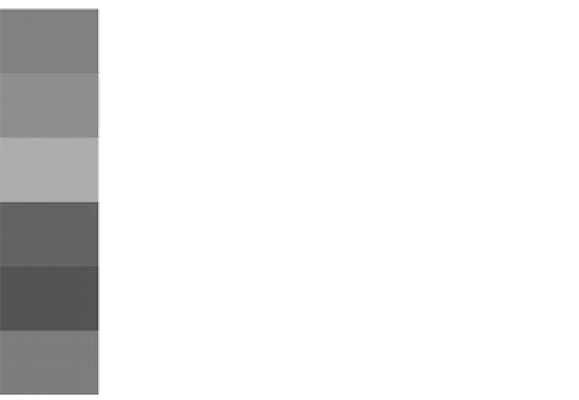Seasonal Affective Disorder (S.A.D.)

What It is and How to Treat It:
Seasonal Affective Disorder, sometimes referred to as seasonal depression, is a common occurrence that affects many people on an annual basis. Most attribute the symptoms to the sun setting early, however, that is not always a factor in each case. Learning exactly what Seasonal Affective Disorder is and how to treat it can have a lasting impact on your overall health and well-being.
What is Seasonal Affective Disorder, or S.A.D.?
S.A.D. is a mood disorder or depression that takes place around the same time every year. It is most commonly experienced during the Fall and Winter months, but can also arise during the Spring and Summer. Symptoms include being withdrawn, a lack of energy or interest, and fatigue.
What causes S.A.D.?
The unfortunate truth is that the exact cause of S.A.D. remains uncertain, however, there are numerous known contributors. Disruptions to biological patterns, such as the body’s internal clock (or circadian rhythm) play a role. Reduced sunlight in the winter months may affect the body’s natural rhythm, leading to symptoms of depression. Additionally, changes in serotonin and melatonin, which are neurotransmitters to the brain, influence your mood, sleep, and positivity.
Symptoms of S.A.D.
Recognizing the signs of S.A.D. is crucial. Symptoms often include persistent or daily fatigue, loss of interest in activities once enjoyed, mood swings, feelings of worthlessness or guilt, withdrawal from social circles, overeating and carbohydrate cravings, and even thoughts of self-harm. Symptoms usually start mildly and worsen as the season progresses. Conversely, spring or summer S.A.D. symptoms may involve agitation, sleep and appetite disturbances, and weight loss.
How to Treat S.A.D.
The good news is there are effective treatments for S.A.D. One of them is light therapy. This involves exposure to specialized light boxes that mimic natural outdoor light. This is often done first thing in the morning for 20-30 minutes. This therapy helps alleviate symptoms and regulate the body's internal clock. Other treatments include talk therapy and medication. Research suggests that combining medication with talk therapy tends to be more effective than medication alone. Note that it is best to seek help early as soon as you recognize your symptoms.
Additional Ways to Alleviate SAD Symptoms:
In addition to traditional treatments, lifestyle adjustments can significantly help manage S.A.D. Regular exercise, even in small amounts, can be as effective as medication for some individuals experiencing depression. Your exercises can be whatever you enjoy doing the most. This can be yoga, dancing, going on walks, or playing with your pet. The key is to engage in activities you enjoy regularly. Pairing new habits, such as exercise, with existing routines, like brushing your teeth or washing the dishes, can help create lasting changes.
Cultivating Joy and Setting Boundaries:
Another way to help alleviate symptoms of S.A.D. is to concentrate on feelings of gratefulness. It is proven that imagining things that bring you joy or gratefulness can change your physiology. This tricks the brain into thinking that you’re actually living in that moment and allows for a release of serotonin and dopamine. Reflecting on these happy things for just 5-10 minutes a day can boost your mood significantly.
Equally important is recognizing personal boundaries and learning to say "no" to overcommitment or excessive stress. Listening to your body's signals of agitation, irritability, or resentment can guide you in setting necessary boundaries to protect your mental well-being.
Seasonal Affective Disorder may present challenges, but proactive measures and support can significantly mitigate its impact. If you’re experiencing symptoms, choosing to seek professional guidance and taking care of yourself is a gift to both you and those around you. For help learning more about how to handle your Seasonal Affective Disorder, contact TN Mental Wellness today.


-2.png?height=200&name=Blog%20banners%20(1)-2.png)







LEAVE A COMMENT